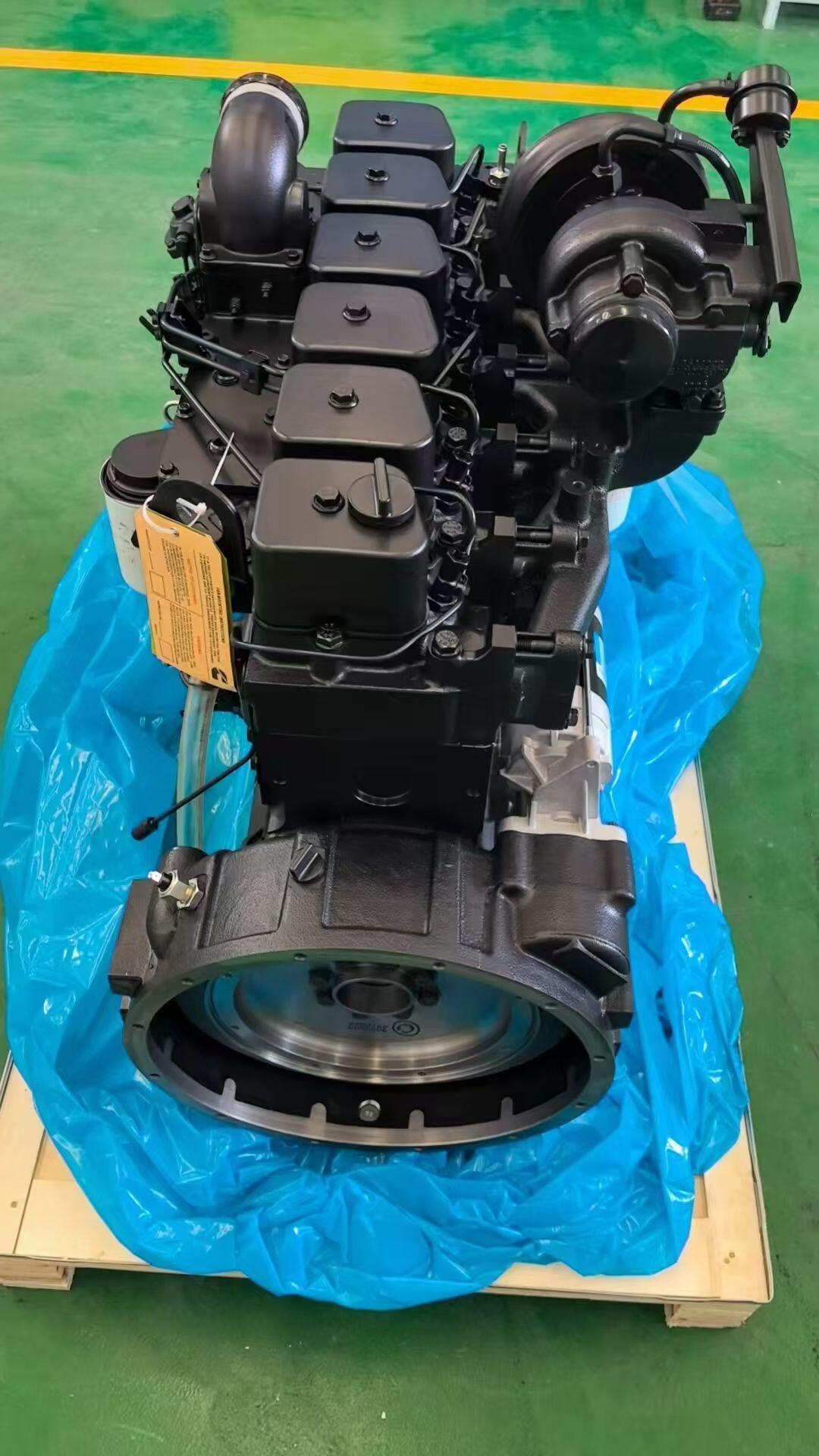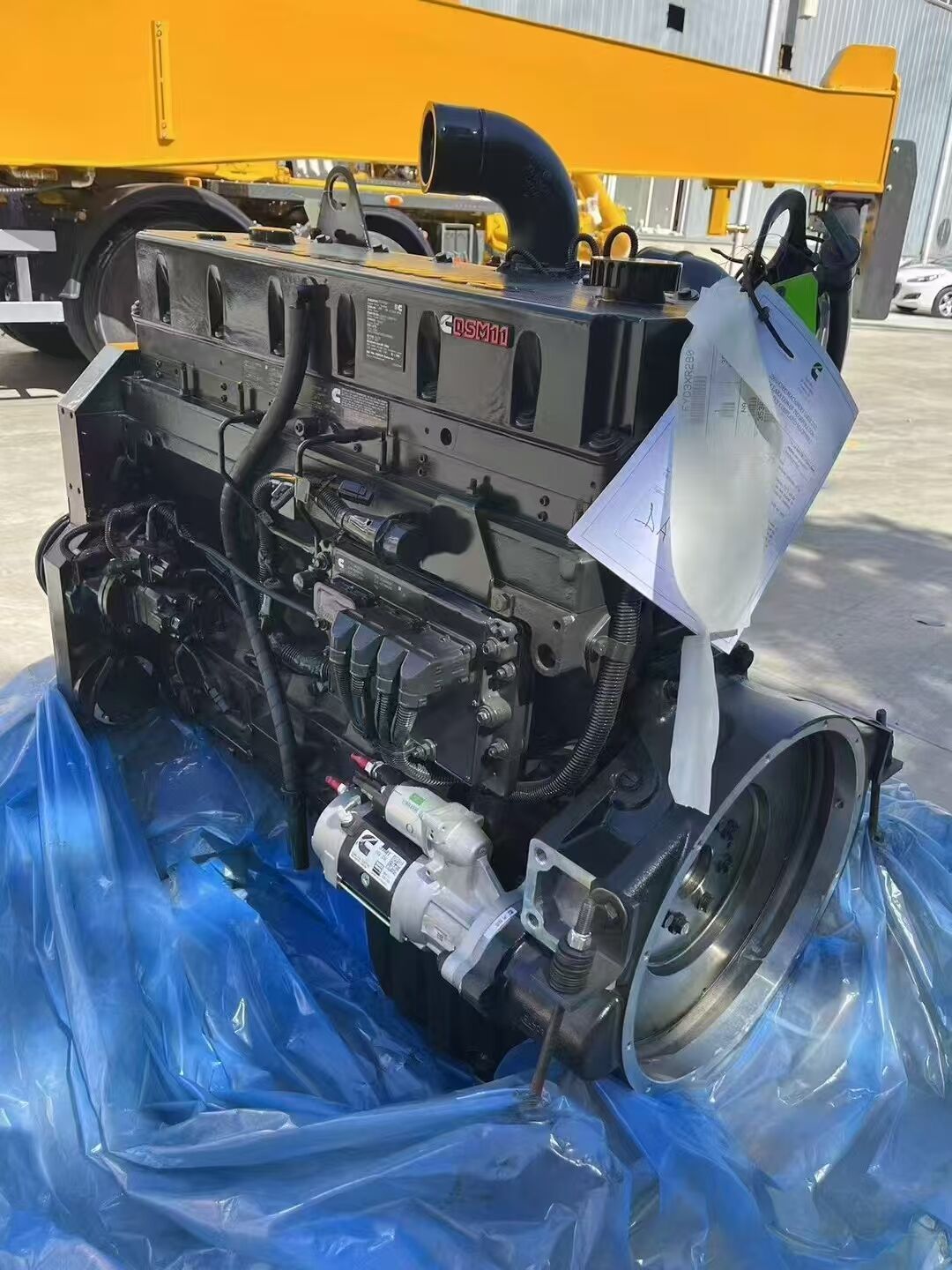Essential Maintenance Practices for Long-Lasting Cummins Performance
A well-maintained Cummins engine can reliably power your vehicle for over 500,000 miles, representing exceptional value and dependability in the heavy-duty engine market. Regular Cummins engine maintenance isn't just about preventing breakdowns - it's about maximizing fuel efficiency, optimizing performance, and protecting your investment for the long haul. Understanding and implementing proper maintenance procedures can significantly extend your engine's lifespan while reducing overall operating costs.
The key to achieving outstanding longevity from your Cummins engine lies in following a comprehensive maintenance schedule and paying attention to early warning signs. Professional drivers and fleet managers who consistently follow proper maintenance protocols often report their engines lasting well beyond the 500,000-mile mark, with some units even surpassing 1 million miles of service.
Critical Components Requiring Regular Attention
Oil System Management
The lifeblood of any Cummins engine is its oil system. Regular oil changes using the manufacturer-recommended grade of oil are crucial for maintaining proper engine function. The oil not only lubricates moving parts but also helps cool the engine and carries away harmful contaminants. For optimal performance, oil changes should typically be performed every 15,000 to 20,000 miles, though this interval may vary based on operating conditions.
Beyond just changing the oil, it's essential to monitor oil pressure and quality between changes. A sudden drop in oil pressure or discolored oil can indicate serious problems that require immediate attention. Using high-quality filters and maintaining proper oil levels between changes will significantly contribute to engine longevity.
Cooling System Care
The cooling system plays a vital role in Cummins engine maintenance and overall performance. Regular coolant checks and maintenance prevent overheating issues that can lead to catastrophic engine failure. The coolant mixture should be tested at least twice yearly for proper concentration and chemical balance.
Inspect all cooling system components, including the radiator, water pump, and hoses, for signs of wear or damage. Replace the coolant according to the manufacturer's schedule, typically every 60,000 miles or two years, whichever comes first. This helps prevent corrosion and maintains optimal heat transfer efficiency.
Preventive Maintenance Schedules
Daily Inspection Routines
Successful Cummins engine maintenance begins with daily checks that can prevent minor issues from becoming major problems. Start each day by checking fluid levels, including oil, coolant, and power steering fluid. Listen for unusual noises during startup and monitor gauge readings for any irregularities.
Visual inspections should include checking for fluid leaks, loose belts, and signs of wear on accessible components. Pay particular attention to the condition of air intake components and ensure all connections are secure. These simple daily checks can help identify potential issues before they lead to costly repairs.
Scheduled Service Intervals
Following manufacturer-recommended service intervals is crucial for maintaining your Cummins engine's performance and longevity. This includes regular replacement of filters, belts, and other wear items. Create a detailed maintenance log to track service history and upcoming maintenance needs.
Major service intervals typically occur at 15,000, 30,000, and 60,000 miles, with more comprehensive inspections and component replacements at each stage. Adhering to these schedules helps ensure all systems continue to function optimally and prevents premature wear of engine components.

Advanced Maintenance Considerations
Fuel System Optimization
The fuel system requires special attention in Cummins engine maintenance. Regular fuel filter changes prevent contamination and ensure proper fuel delivery. Modern Cummins engines are particularly sensitive to fuel quality, making it essential to use clean, high-quality diesel fuel and maintain clean fuel storage systems.
Inspect fuel lines and connections regularly for signs of wear or leakage. Consider using fuel additives when appropriate, especially in extreme weather conditions or when fuel quality is questionable. Clean or replace fuel injectors according to the maintenance schedule to maintain optimal fuel atomization and combustion efficiency.
Turbocharger Care
The turbocharger is a critical component that requires specific maintenance attention. Regular inspection of the turbocharger system, including checking for oil leaks and unusual noise, helps prevent unexpected failures. Ensure proper warm-up and cool-down procedures are followed to protect the turbocharger bearings.
Maintain clean air filters and intake systems to protect the turbocharger from debris. Watch for signs of decreased performance or increased exhaust smoke, which could indicate turbocharger issues requiring professional attention.
Diagnostic Tools and Technology
Electronic Monitoring Systems
Modern Cummins engines come equipped with sophisticated electronic monitoring systems that can provide valuable maintenance insights. Regular scanning of engine codes and monitoring of electronic data can help identify potential issues before they become serious problems. Invest in quality diagnostic tools and learn to interpret the data they provide.
Utilize engine monitoring software to track performance trends and identify deviations from normal operating parameters. This proactive approach to Cummins engine maintenance can help prevent unexpected downtime and reduce repair costs.
Professional Diagnostic Services
While many maintenance tasks can be performed by experienced operators, professional diagnostic services play a crucial role in maintaining engine health. Regular professional inspections can identify issues that might be missed during routine maintenance and provide expert insights into engine condition.
Establish a relationship with a certified Cummins service center for complex diagnostics and major repairs. Their specialized knowledge and access to manufacturer-specific tools can be invaluable for maintaining optimal engine performance.
Frequently Asked Questions
How often should I change the oil in my Cummins engine?
Oil changes are typically recommended every 15,000 to 20,000 miles for most Cummins engines, though this can vary based on operating conditions and the type of oil used. Always consult your specific model's maintenance guide and adjust intervals based on usage patterns and environmental conditions.
What are the signs of turbocharger problems in a Cummins engine?
Common signs include loss of power, excessive exhaust smoke, unusual whistling noises, and increased oil consumption. If you notice any of these symptoms, have your engine inspected by a qualified technician to prevent potential turbocharger failure.
What type of fuel additives are recommended for Cummins engines?
Cummins generally recommends using fuel additives that provide lubricity enhancement and help prevent bacterial growth in ultra-low sulfur diesel fuel. However, not all additives are beneficial, so stick to products specifically approved for use in Cummins engines and consult your owner's manual for guidance.

